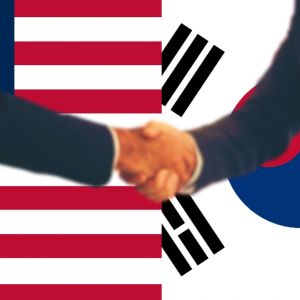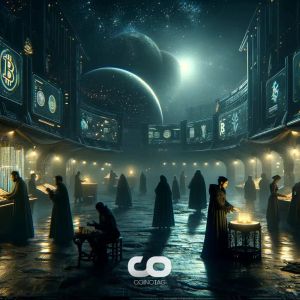Korea tries to avoid tariff snapback before July 8
3 min read
South Korea is sending Trade Minister Yeo Han-koo to Washington from June 22 to 27 to hold new trade talks with the United States, according to Reuters. The trip will involve meetings with US Trade Representative Jamieson Greer, as both sides head into the third round of technical discussions. No one’s saying what exactly is on the table, and no full meeting schedule has been shared yet. Officials on both ends are keeping it vague, likely because neither government is fully staffed. Korea still doesn’t have a fully formed cabinet under the new administration, and the US is still filling seats too. Heo Yoon, an economics professor at Sogang University, said the absence of a Korea-US summit and the lack of confirmed top ministers means the talks will probably avoid anything sensitive. “Since a South Korea-US summit has yet to take place and key ministers have not been appointed under the new administration, negotiations are likely to focus on areas that the trade ministry can manage, excluding major issues such as defense cost-sharing and exchange rates.” – Heo Yoon He also warned that “reaching a comprehensive agreement on key negotiation frameworks and agendas is expected to be challenging.” Korea tries to avoid tariff snapback before July 8 Korea is still stuck under a 10% blanket tariff and a separate 25% country-specific duty, both imposed by the Trump administration. Those tariffs were temporarily paused for 90 days, but that clock is ticking. Back in late April, during the first stage of talks, Korea and the US agreed to negotiate a deal that would reduce these tariffs by July 8. But now, with domestic politics in chaos and time running out, officials are saying they may not make it. Korea’s trade ministry has publicly said that they’re short on time and both countries are aiming to reach some sort of agreement covering tariff relief and broader economic cooperation, but there’s no clarity on how close they actually are. The danger here is that if no deal is reached, those tariffs snap back into place, hitting Korean exports hard. Meanwhile, the economy isn’t holding up well under the pressure. The first quarter of 2025 saw a 0.1% drop in GDP compared to the same period last year. That’s the first time the economy has contracted since Q4 2020, and it’s not being treated lightly. This came after former president Yoon Suk Yeol tried and failed to declare martial law in December, throwing the political system into chaos and spooking investors. The attempt triggered massive protests, weakened the government, and paralyzed decision-making, which is now affecting trade negotiations too, even though there is a new president in place. On May 29, the Bank of Korea cut its policy rate by 25 basis points, bringing it down from 2.75% to 2.5%, which is the lowest the rate has been since August 2022, and this is the fourth cut in the last six meetings. The bank said in a statement that it expects economic growth to decline significantly, even though inflation seems stable for now. “The board will maintain its rate cut stance to mitigate downside risks to economic growth and adjust the timing and pace of any further base rate cuts while closely monitoring changes in the domestic and external policy environment,” the central bank said. Cryptopolitan Academy: Coming Soon – A New Way to Earn Passive Income with DeFi in 2025. Learn More

Source: Cryptopolitan



